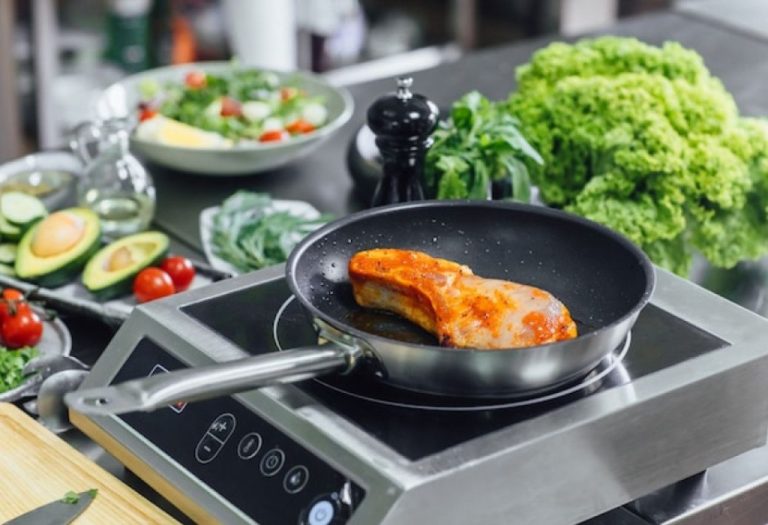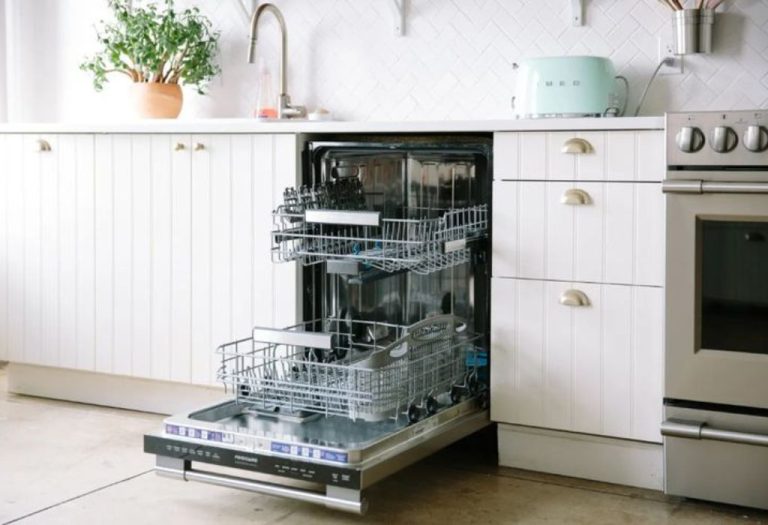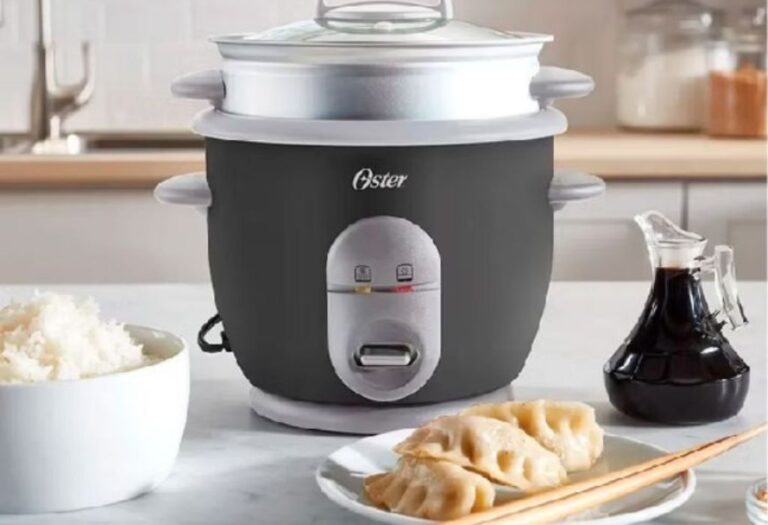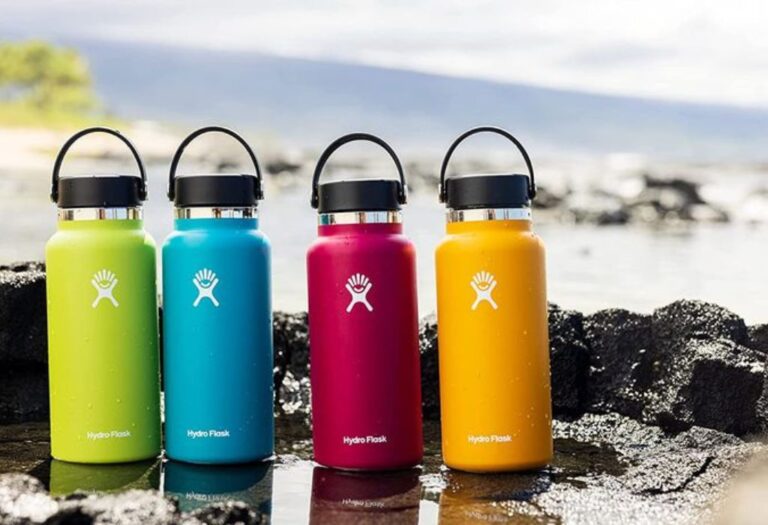A family gathers in a bright kitchen as breakfast aromas rise while questions linger about what is truly safe to cook with. Many brands promise clean, non‑toxic cooking—but the truth behind ceramic claims deserves investigation.
An alarming report revealed that some pots labelled as “non‑toxic ceramic” actually contain heavy metals and polymers that may leach into food when heated above safe temperatures Wikipedia+9The Guardian+9Health+9. Curiosity arises: is ceramic cookware safe, or could it be a hidden health risk?
The global non‑stick cookware market is booming, with ceramic‑coated products now accounting for nearly 10 billion USD in 2024 Green Hive+2TheRoundup+2Fact.MR+1. That popularity offers benefit yet raises concern: consumers need clarity on safety, durability, and real health impacts.
What Is Ceramic Cookware? Definition & Types
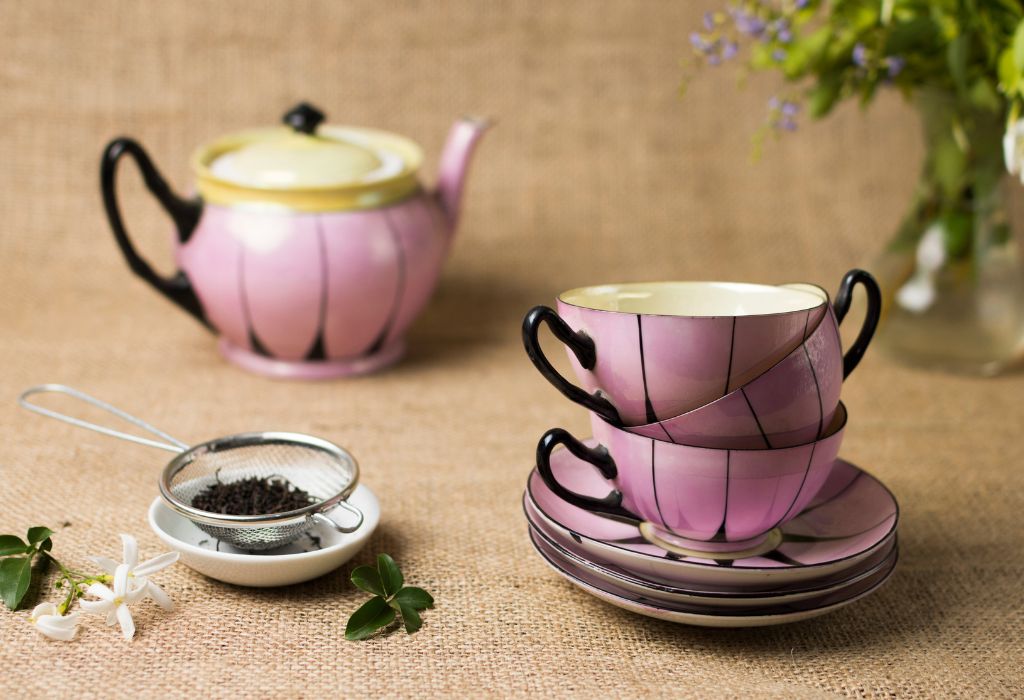
Ceramic cookware has become a household name as people search for safer, non-toxic alternatives to traditional pots and pans. Yet many still wonder what exactly makes it different from stainless steel, cast iron, or Teflon.
Two main categories exist: pure ceramic cookware and ceramic-coated cookware. Pure ceramic is crafted entirely from clay, kiln-baked at extremely high temperatures, and free from metal cores.
Ceramic-coated cookware, on the other hand, starts with a metal base—often aluminum or stainless steel—covered with a non-stick ceramic layer. This coating provides the easy-release surface that attracts health-conscious cooks.
Unlike older non-stick pans containing PFOA or PTFE, modern ceramic coatings promise a chemical-free cooking experience. But the durability and safety of these coatings depend heavily on quality and care.
Understanding these differences is the first step toward answering the bigger question: is ceramic cookware safe for everyday cooking and long-term health?
What is pure ceramic cookware?
Cookware made entirely from natural clay, baked at high temperatures without a metal core.
What is ceramic-coated cookware?
Pans with a metal base coated in a ceramic non-stick layer for easy food release.
Is ceramic cookware free from PFOA and PTFE?
Yes, most ceramic cookware brands market themselves as PFOA- and PTFE-free.
Does ceramic cookware last as long as stainless steel?
Not always. Coatings can wear down faster if exposed to high heat or abrasive cleaning.
Why choose ceramic over traditional non-stick?
Ceramic is seen as a healthier, eco-friendlier alternative with fewer toxic concerns.
Is Ceramic Cookware Safe? The Science Explained
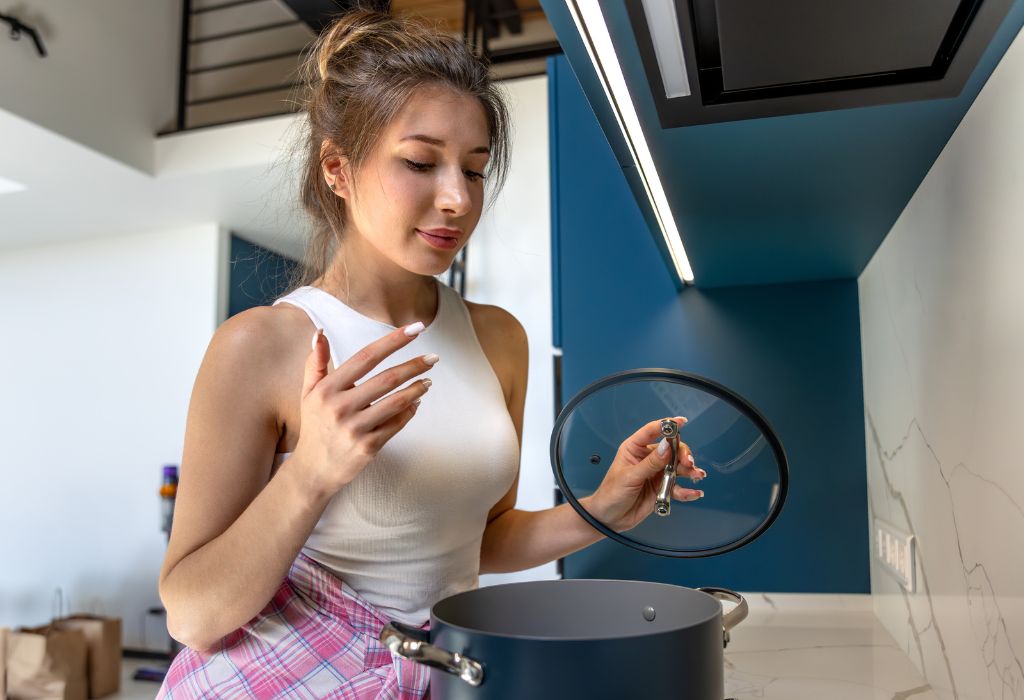
Health-conscious families often switch to ceramic cookware believing it offers a non-toxic solution for everyday cooking. But science shows the truth is slightly more complex than marketing claims suggest.
Modern ceramic coatings are PFOA-free and PTFE-free, avoiding the chemicals once linked to health risks in older non-stick pans.
These coatings are typically derived from silica-based materials and fired at high heat, making them inert and less likely to release harmful fumes under normal cooking conditions.
The main concerns arise when ceramic coatings are poorly manufactured or damaged over time. Low-quality products may contain traces of lead or cadmium, especially if not certified by FDA or California Proposition 65 standards.
Studies indicate that cooking at extremely high temperatures above 500°F can shorten the lifespan of ceramic coatings. This may lead to chipping or cracking, which exposes the metal core and increases safety concerns.
Understanding these limitations helps consumers choose safer products and adopt better cooking habits. It also sets the stage for exploring the benefits and best practices in the next section.
Is ceramic cookware FDA approved?
Yes, but only if labeled as food-grade and meeting FDA and Proposition 65 standards.
Can ceramic cookware release toxic fumes?
Not under normal use. Problems occur when overheated or if low-quality coatings are used.
Does ceramic cookware contain heavy metals?
High-quality brands avoid lead and cadmium, but some cheaper imports may contain them.
Is ceramic cookware safe at high heat?
It is safe at moderate heat but prolonged exposure above 500°F can damage coatings.
Are there any health risks with ceramic cookware?
Yes, mainly from damaged or uncertified products that fail safety regulations.
Benefits of Using Ceramic Cookware
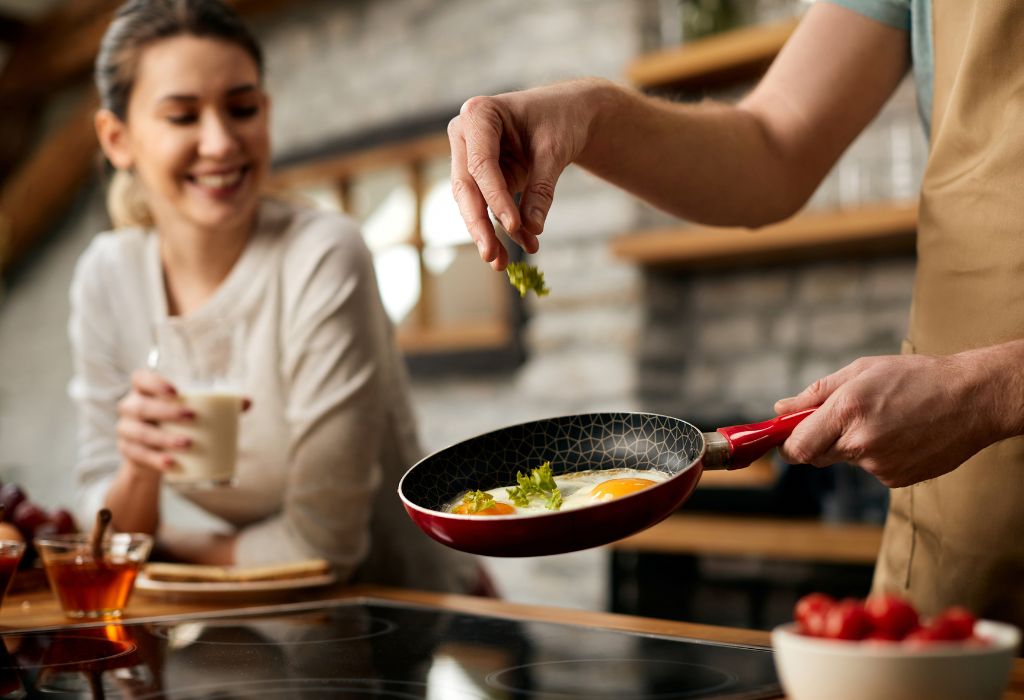
Ceramic cookware has gained popularity not only for its attractive designs but also for its health and environmental benefits. Families searching for safer, toxin-free cooking options often find ceramic cookware to be a promising choice.
One of the biggest advantages is its non-toxic cooking surface. Most ceramic cookware is free from PFOA, PTFE, lead, and cadmium, reducing exposure to harmful chemicals often linked to traditional non-stick pans.
Ceramic cookware also offers even heat distribution, ensuring food cooks thoroughly without hot spots. This makes it a reliable choice for both home cooks and professionals looking for consistent results.
Another key benefit is the ability to cook with less oil thanks to its naturally slick surface. This makes it ideal for families wanting to prepare healthier, low-fat meals without sacrificing flavor.
Many brands now focus on eco-friendly materials and sustainable manufacturing, appealing to consumers who want to reduce their environmental footprint while upgrading their kitchens.
Why is ceramic cookware popular?
It is free from toxic chemicals, easy to clean, and provides excellent cooking performance.
Does ceramic cookware require less oil?
Yes, the smooth surface needs minimal oil for non-stick cooking.
Is ceramic cookware eco-friendly?
Many brands use sustainable materials and production processes.
Is ceramic cookware suitable for everyday cooking?
Yes, when used at recommended temperatures, it is safe and practical for daily use.
Does ceramic cookware affect food taste?
No, ceramic does not react with food, so flavors remain pure.
Common Concerns and Drawbacks
While ceramic cookware offers many benefits, it also comes with some common concerns that buyers should understand before investing. The most frequent issue is durability, especially with ceramic-coated pans that can lose their non-stick surface over time.
High heat, metal utensils, and abrasive cleaners can lead to chipping and scratching, reducing both the safety and lifespan of the cookware. This often forces families to replace their pans sooner than expected.
Another concern is the cost difference between high-quality ceramic cookware and budget options. Lower-priced sets may lack essential certifications like FDA approval or Proposition 65 compliance, increasing potential health risks.
Some users also report that ceramic cookware is less heat-resistant than stainless steel or cast iron, requiring careful temperature control to avoid coating damage. These limitations highlight the importance of proper usage and maintenance practices.
By understanding these drawbacks, readers can make better purchasing decisions and adopt habits that help ceramic cookware last longer while staying safe.
Does ceramic cookware chip easily?
Yes, ceramic-coated cookware can chip if exposed to high heat or metal utensils.
Can metal utensils damage ceramic cookware?
Absolutely, it is recommended to use silicone, wood, or plastic utensils.
Is ceramic cookware dishwasher safe?
Some brands allow it, but handwashing is best to extend the cookware’s lifespan.
Does ceramic cookware last as long as stainless steel?
Typically no, coated ceramic pans have a shorter lifespan compared to stainless steel.
Are cheaper ceramic cookware sets safe?
Not always, lower-priced sets may lack essential safety certifications.
How to Use Ceramic Cookware Safely
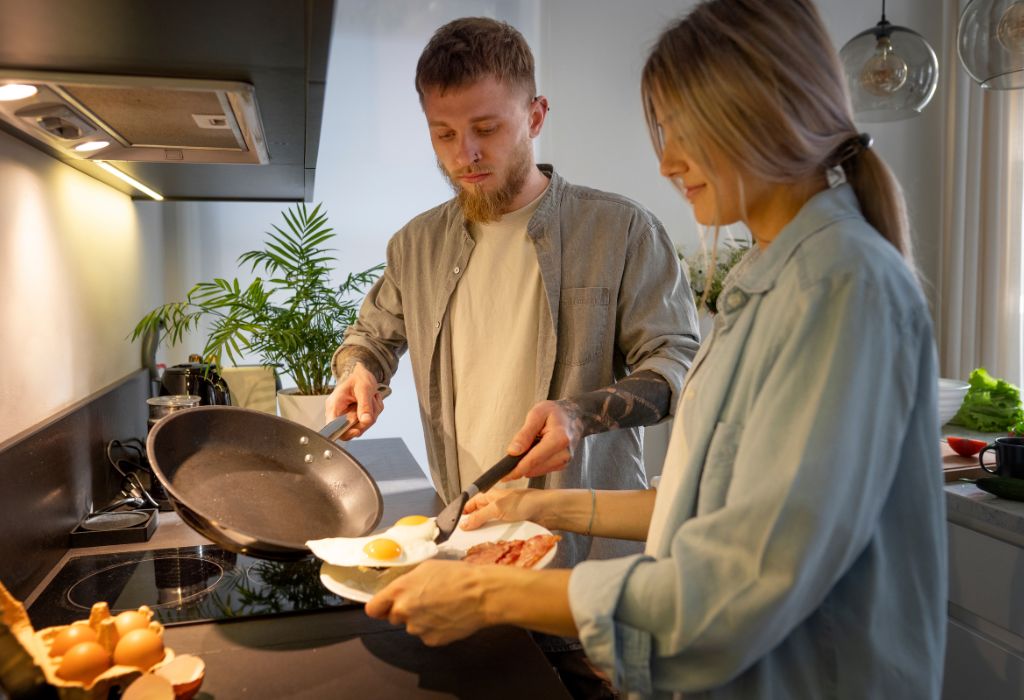
Knowing how to use ceramic cookware properly is essential for maximizing its safety and lifespan. Most safety concerns come from misuse or improper cleaning habits rather than the cookware itself.
Cooking at low to medium heat is recommended to prevent coating damage and keep the cookware safe for long-term use. Overheating not only reduces the non-stick quality but can also cause the surface to crack over time.
Using wooden or silicone utensils instead of metal helps prevent scratches that weaken the non-stick layer. This simple step extends the cookware’s usability by several years.
Cleaning with a soft sponge and mild detergent keeps the coating intact while avoiding abrasive damage. Handwashing is often better than using dishwashers, even for dishwasher-safe products, to preserve the non-stick surface.
Proper storage matters too. Placing a soft cloth or liner between stacked pans prevents friction that can chip the coating and expose the metal core.
What heat level is safe for ceramic cookware?
Low to medium heat is best to protect the coating and maintain safety.
Can ceramic cookware go in the dishwasher?
It can, but handwashing is better for extending its lifespan.
What utensils should be used with ceramic cookware?
Silicone, wood, or plastic utensils are recommended to avoid scratches.
Is preheating ceramic cookware safe?
Yes, but only at moderate temperatures to prevent coating damage.
How should ceramic cookware be stored?
Stack with soft liners or store separately to avoid surface damage.
Comparing Ceramic Cookware with Other Types
Choosing the right cookware often means comparing ceramic with stainless steel, cast iron, and Teflon options. Each material has unique strengths and weaknesses, making it essential to understand where ceramic fits best.
Ceramic cookware shines as a non-toxic, chemical-free option compared to Teflon pans, which historically contained PFOA and PTFE. While modern Teflon is safer, ceramic remains the preferred choice for families avoiding synthetic coatings.
Stainless steel cookware lasts longer and withstands higher temperatures but lacks the natural non-stick benefits of ceramic. This often requires more oil and careful cooking techniques to prevent food from sticking.
Cast iron is known for durability and even heat retention but demands seasoning and heavier maintenance compared to low-maintenance ceramic options. Families seeking a balance of safety, ease, and performance often choose ceramic cookware for daily use.
Understanding these differences helps buyers select the cookware that best matches their health, cooking style, and budget needs.
Is ceramic cookware better than Teflon?
Yes, ceramic avoids PFOA and PTFE chemicals found in older Teflon coatings.
How does ceramic compare to stainless steel?
Ceramic is easier to clean but less durable under extreme heat.
Is ceramic safer than cast iron?
Both are safe, but ceramic requires less maintenance and seasoning.
Which cookware type lasts the longest?
Stainless steel and cast iron typically outlast ceramic coatings.
Why choose ceramic cookware over others?
It combines non-toxic cooking with easy maintenance and stylish designs.
Expert Recommendations & Safe Brands
Choosing ceramic cookware is easier when following expert advice on safety certifications and brand quality. Experts recommend looking for labels like FDA-approved, California Proposition 65 compliant, and lead-free certifications before purchasing.
Well-known brands such as Caraway, GreenLife, and Xtrema consistently rank high in safety and performance tests. These companies focus on non-toxic materials and eco-friendly production methods, making them popular choices for health-conscious families.
Industry professionals also highlight the importance of reading product labels carefully. Certifications ensure that cookware meets strict standards for heavy metals, coating quality, and heat resistance.
Experts further suggest buying mid- to high-range cookware instead of low-cost sets with unclear manufacturing practices. High-quality brands may cost more but often provide better safety and durability.
With trusted certifications and reputable brands, families can confidently answer the question: is ceramic cookware safe for long-term daily use?
What certifications ensure ceramic cookware safety?
FDA approval and California Proposition 65 compliance are key indicators.
Which ceramic cookware brands are safest?
Caraway, GreenLife, and Xtrema often receive top ratings for safety.
Are expensive ceramic cookware sets safer?
Generally yes, higher prices often mean better quality control and durability.
Do all ceramic cookware brands test for heavy metals?
Reputable brands do, especially those meeting FDA or EU standards.
Why are certifications important for cookware?
They guarantee products meet strict safety and performance guidelines.
Future Trends in Non-Toxic Cookware
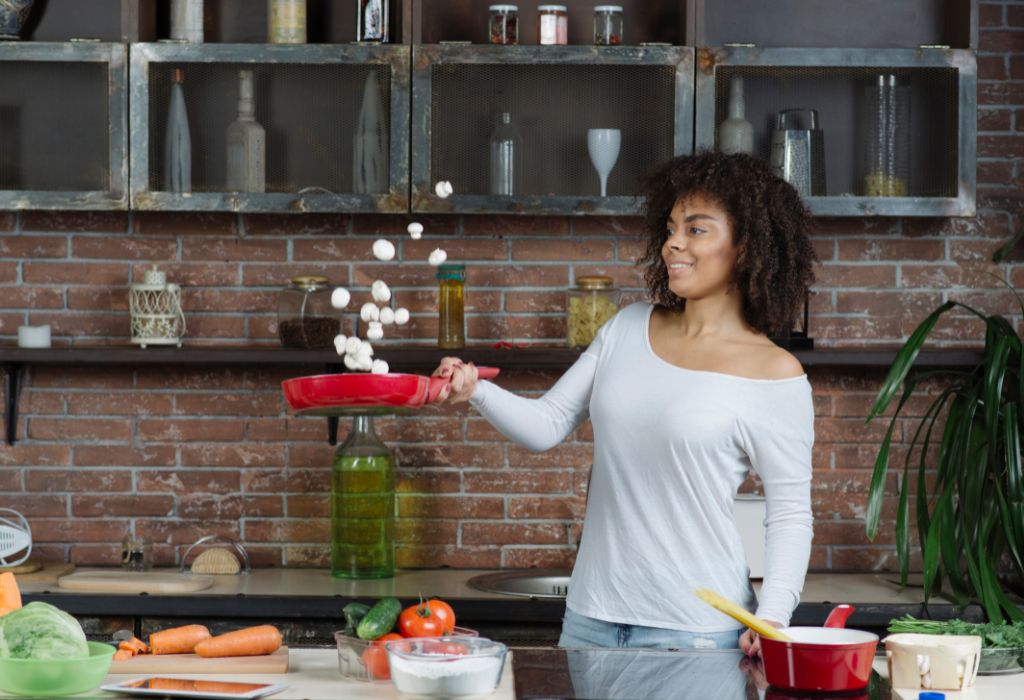
The cookware industry continues evolving as consumers demand safer, eco-friendly products. New technologies focus on longer-lasting ceramic coatings and improved heat resistance for everyday use.
Manufacturers are experimenting with titanium-infused ceramics and other advanced materials. These innovations promise enhanced durability while maintaining non-toxic cooking surfaces.
Another trend is the rise of sustainably sourced materials and environmentally conscious production methods. Families can expect cookware that is both healthier and planet-friendly in the coming years.
Experts also predict smart cookware integration, combining heat sensors with safety alerts to prevent overheating and coating damage. These features will help extend the lifespan of ceramic cookware while improving cooking efficiency.
With these innovations, the future of non-toxic cookware looks promising, ensuring safer, more sustainable choices for households worldwide.
Are new technologies improving ceramic cookware safety?
Yes, advanced materials like titanium-infused ceramics increase durability and safety.
Will future cookware be more eco-friendly?
Manufacturers are focusing on sustainable materials and green production methods.
Is smart cookware becoming a trend?
Yes, future products may feature heat sensors and real-time safety alerts.
Will future ceramic cookware last longer than today’s products?
Improved coatings and materials aim to increase the lifespan significantly.
Are non-toxic certifications evolving too?
Yes, stricter global standards will ensure safer products for consumers.
Conclusion
Ceramic cookware has emerged as a popular choice for families seeking safer, healthier cooking solutions. Its non-toxic surface, eco-friendly materials, and stylish designs make it a strong alternative to traditional non-stick options.
While concerns like coating durability and overheating exist, most can be avoided with proper usage, quality brands, and certified products. Following expert recommendations helps families answer the question, is ceramic cookware safe with confidence.
By investing in high-quality, certified ceramic cookware, households can enjoy toxin-free cooking without compromising taste, safety, or convenience.
Now is the time to upgrade your kitchen with cookware that protects both your health and the environment. Choose wisely and cook safely for years to come.
I’m Emma J. Caldwell, the founder, lead writer, and home-cooking enthusiast behind KitchenGuideCo.com. With a background in culinary arts and over a decade of cooking experience in both professional and personal kitchens, I created this platform to demystify recipes, offer smart kitchen gadget reviews, and guide readers through meal prep with confidence and clarity.



